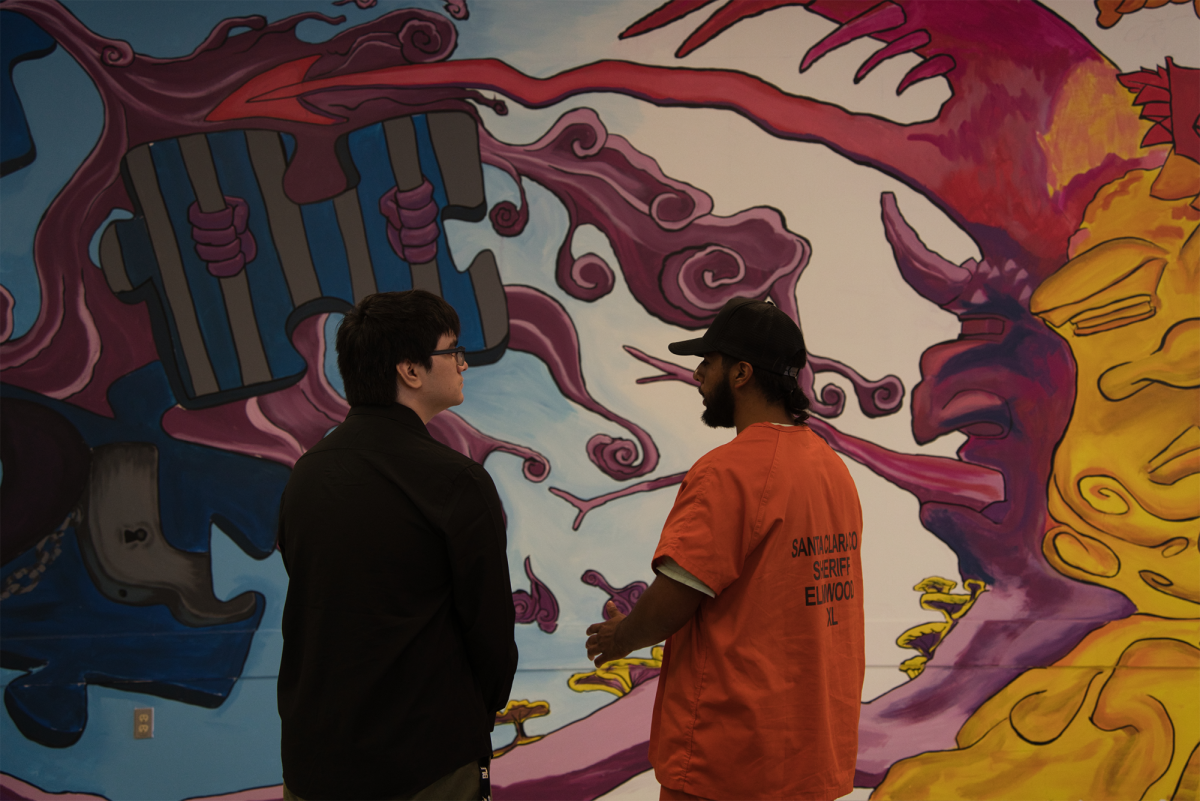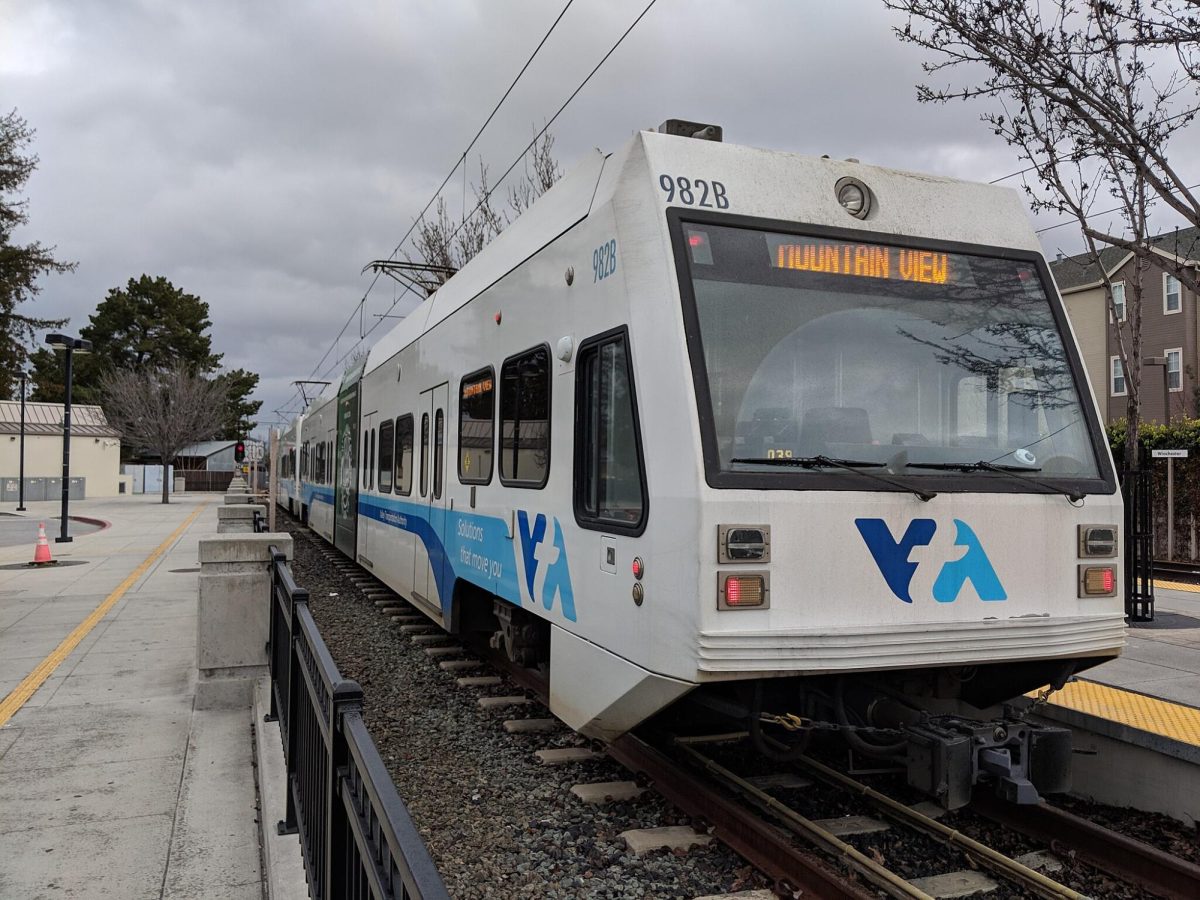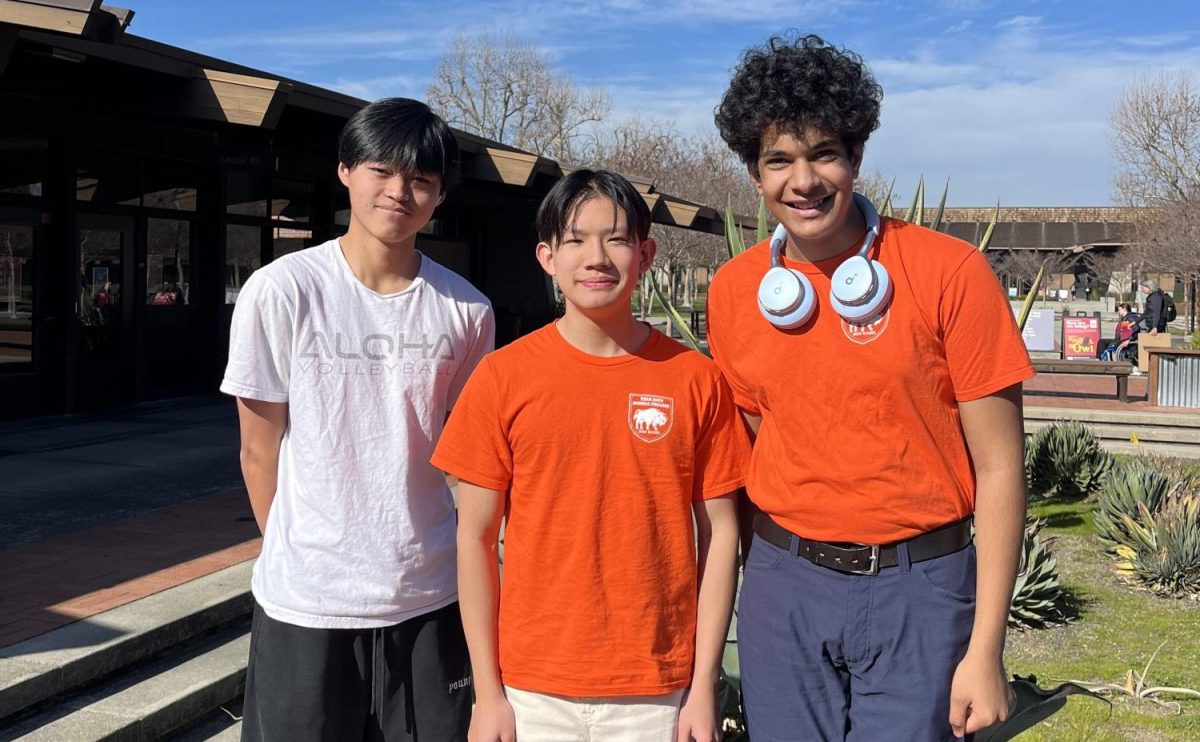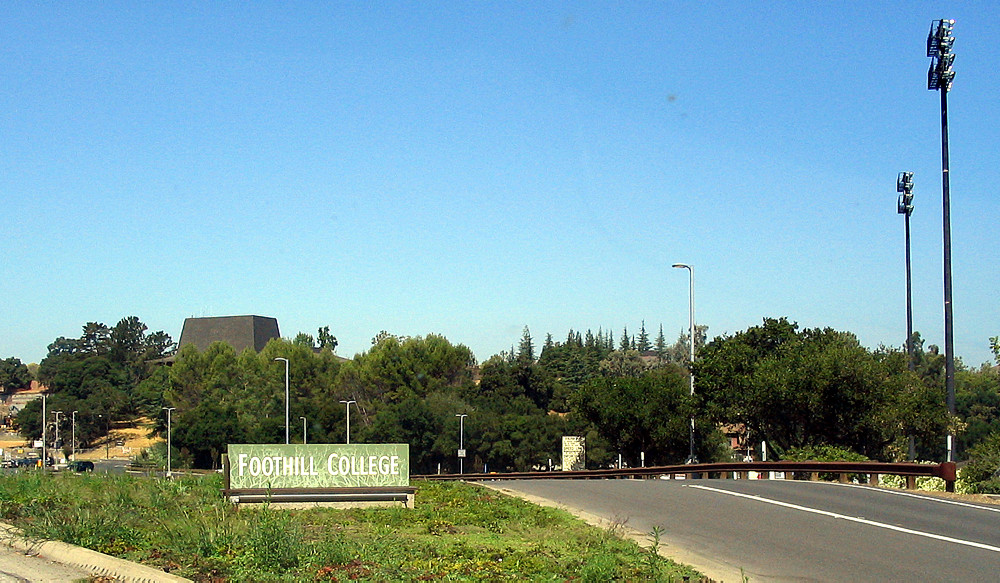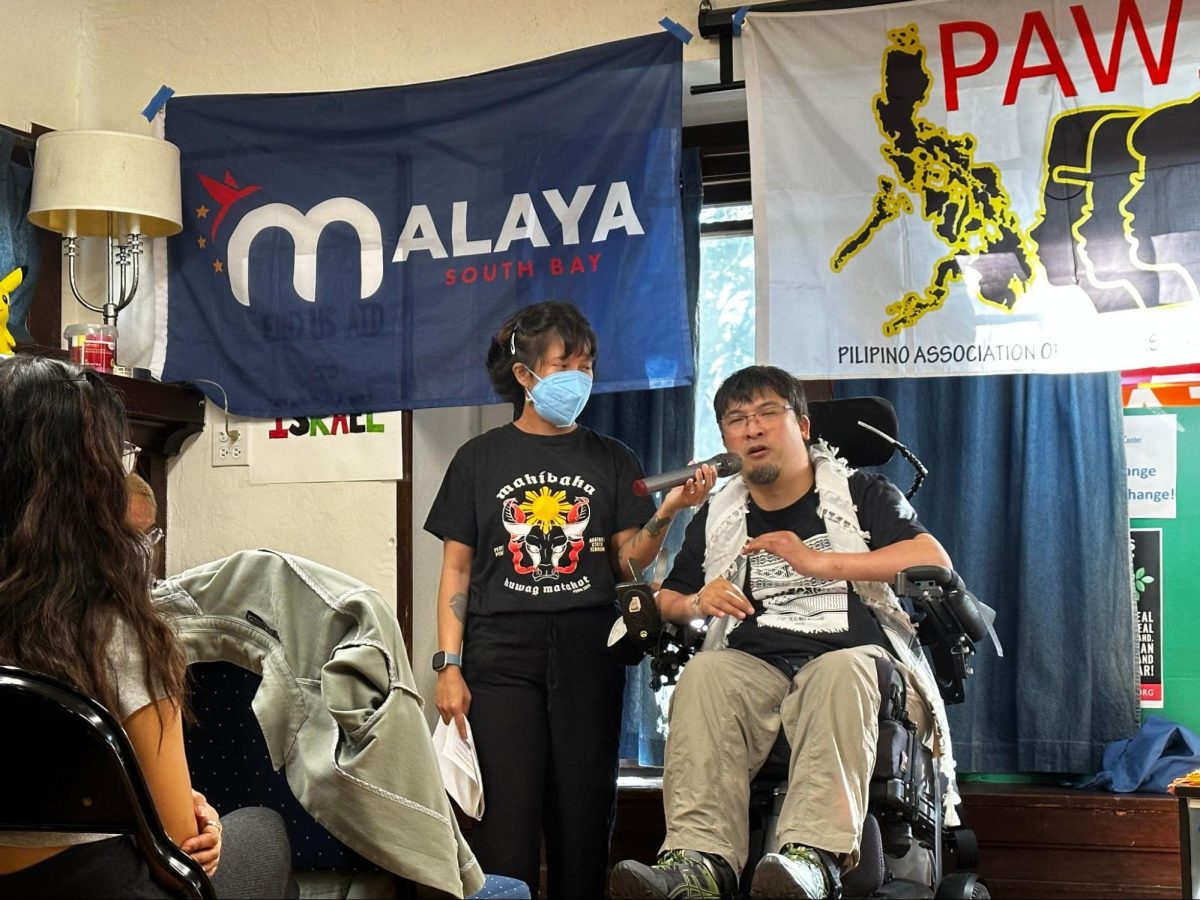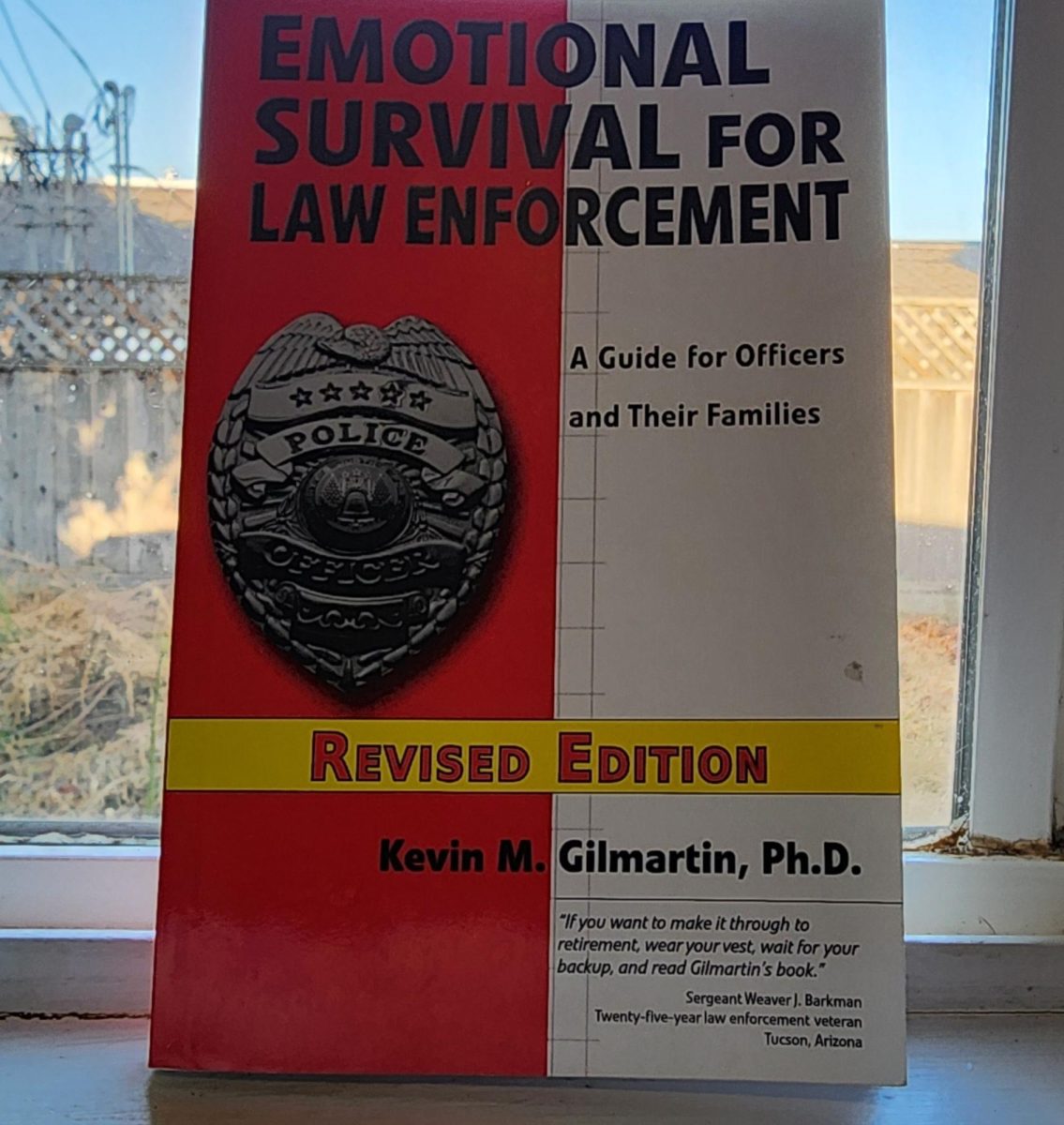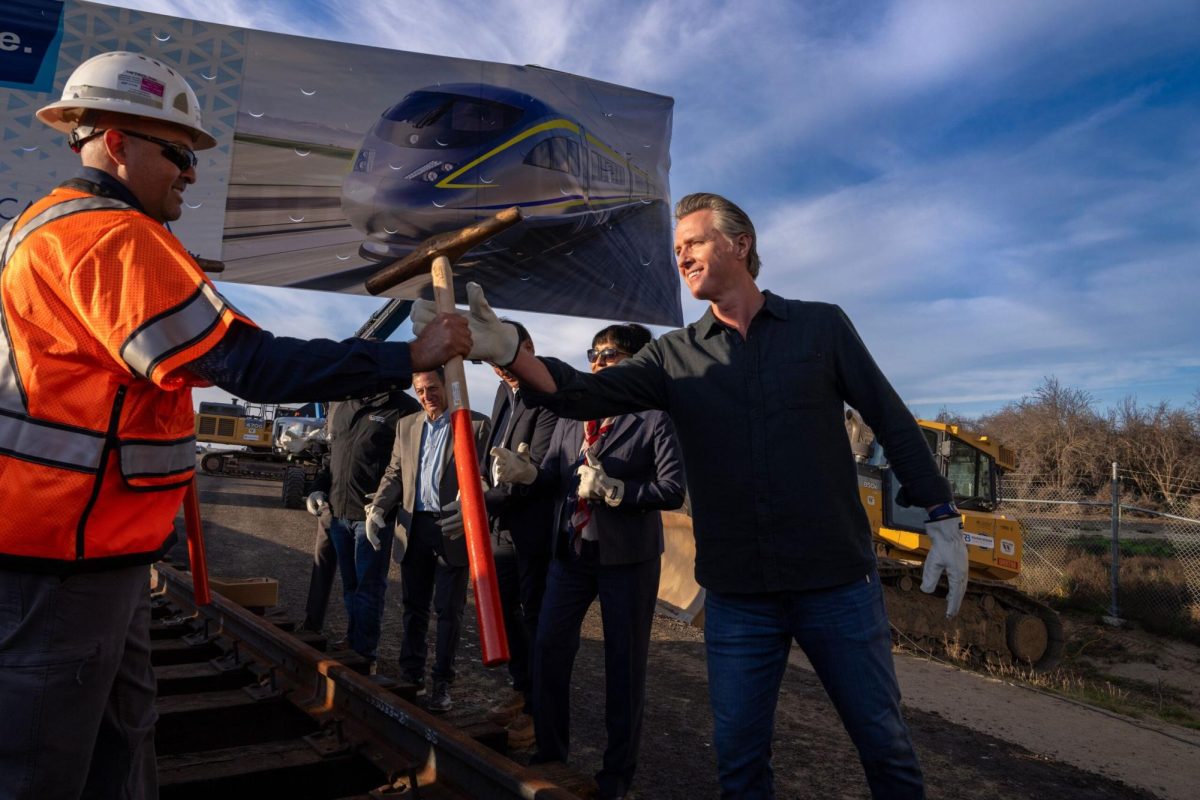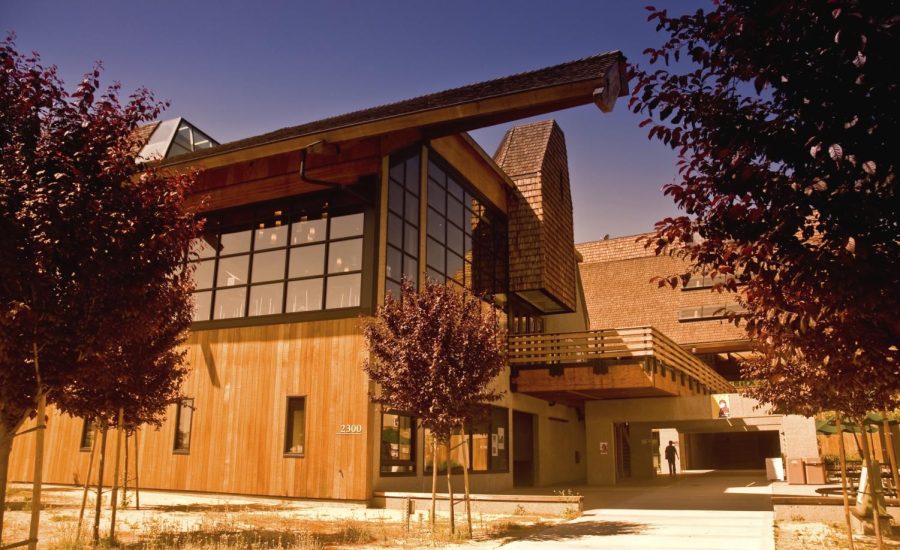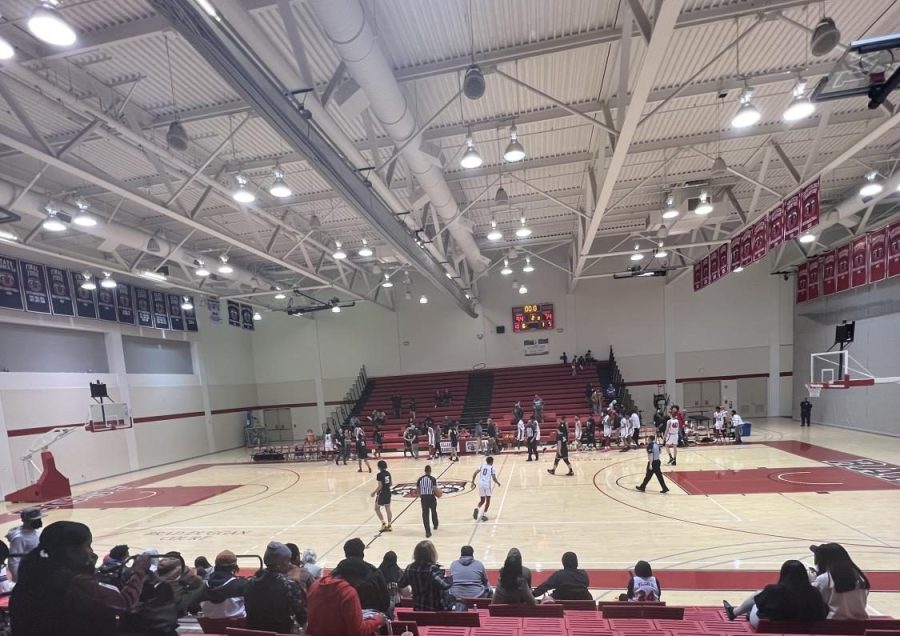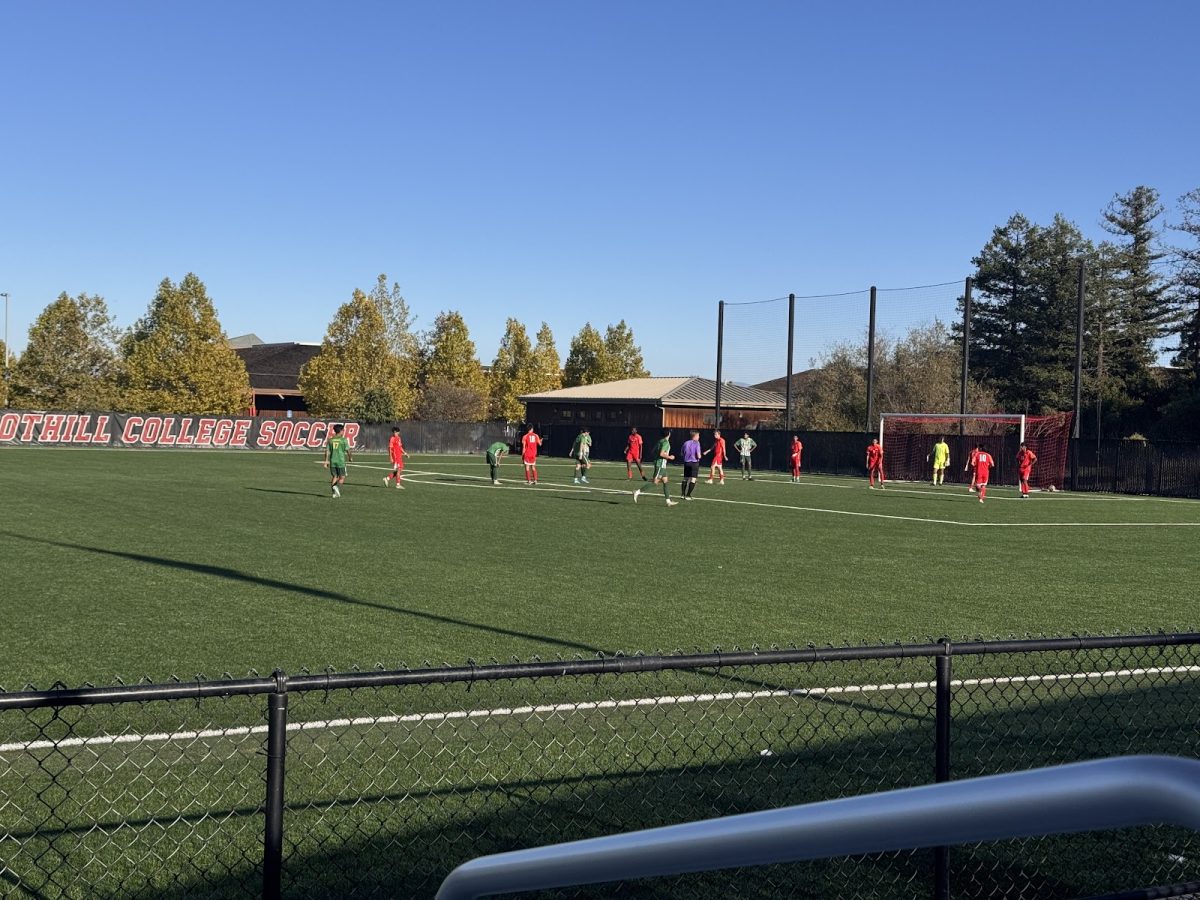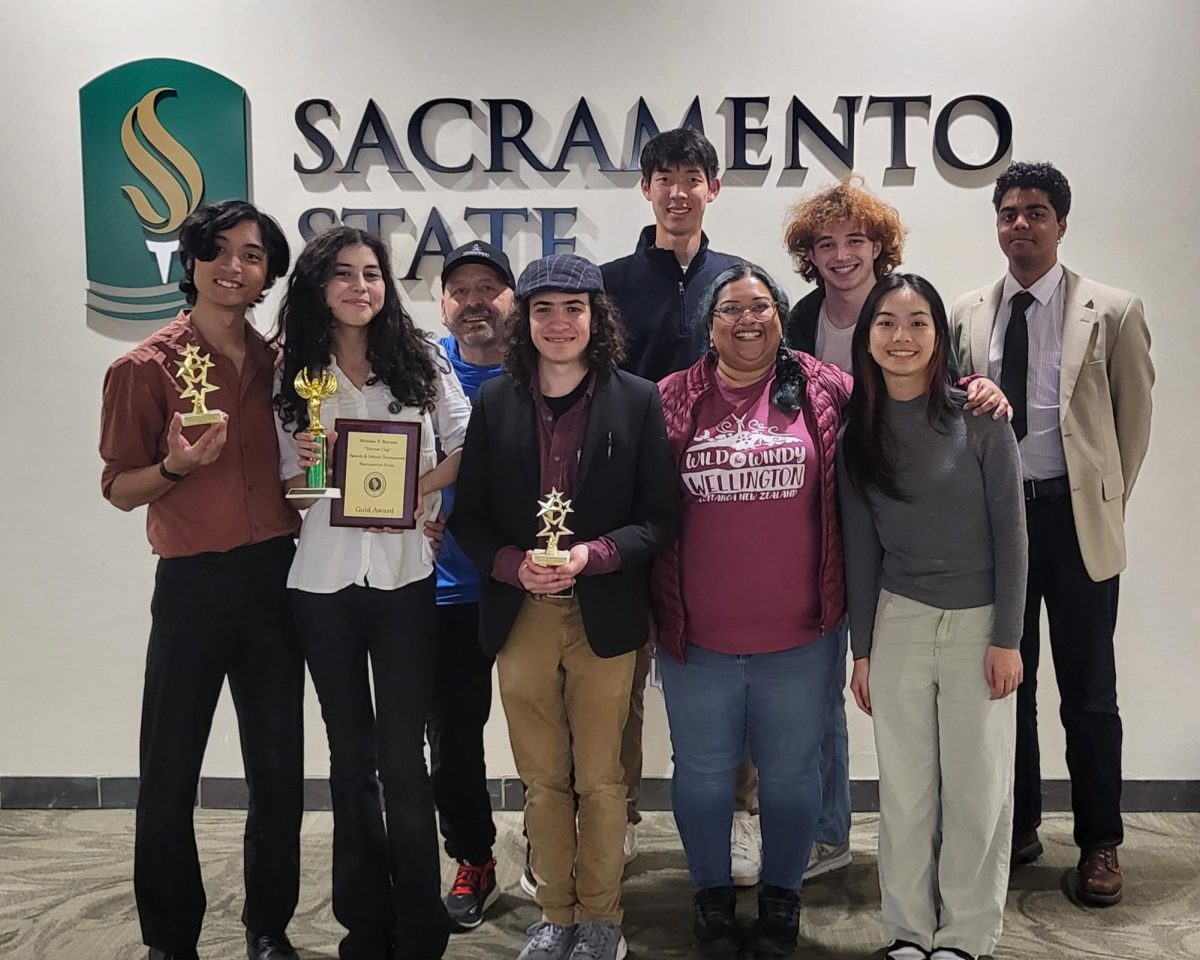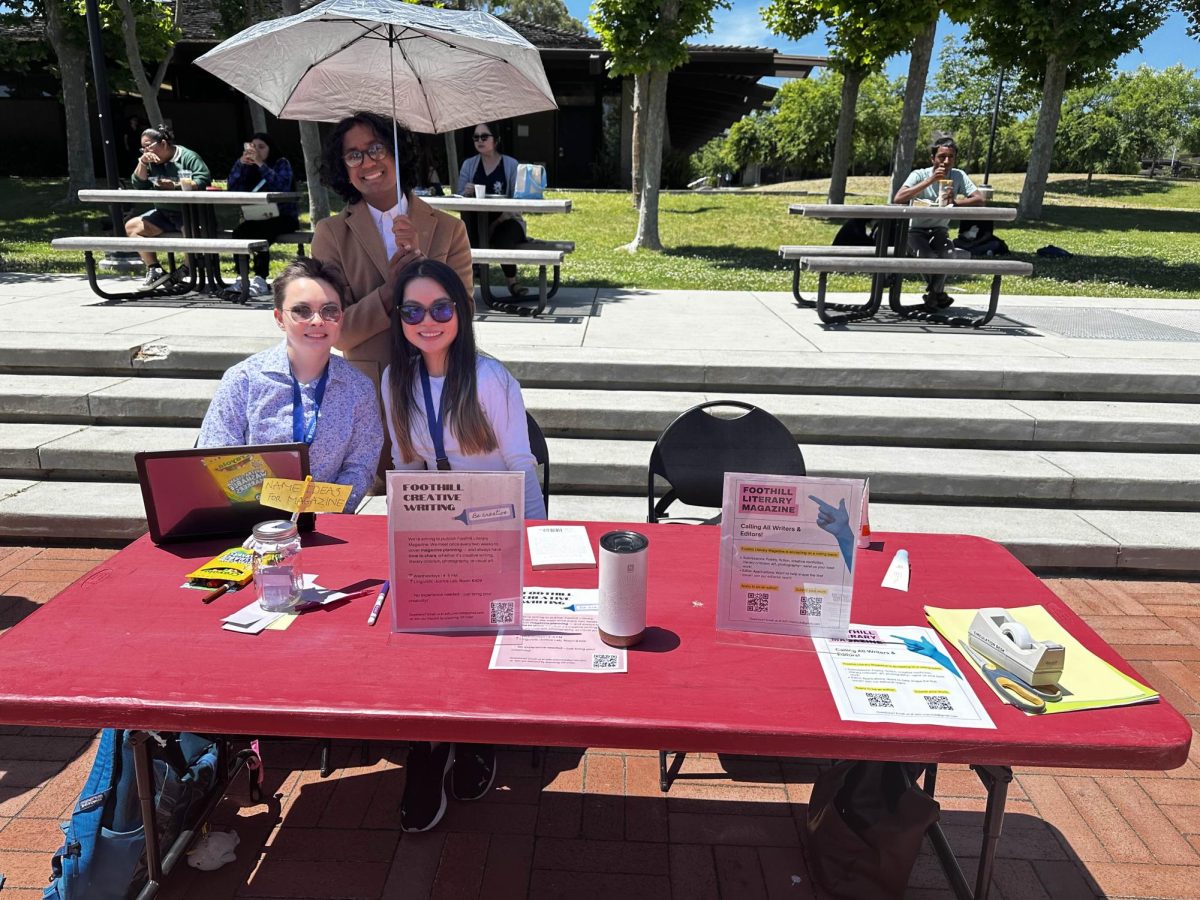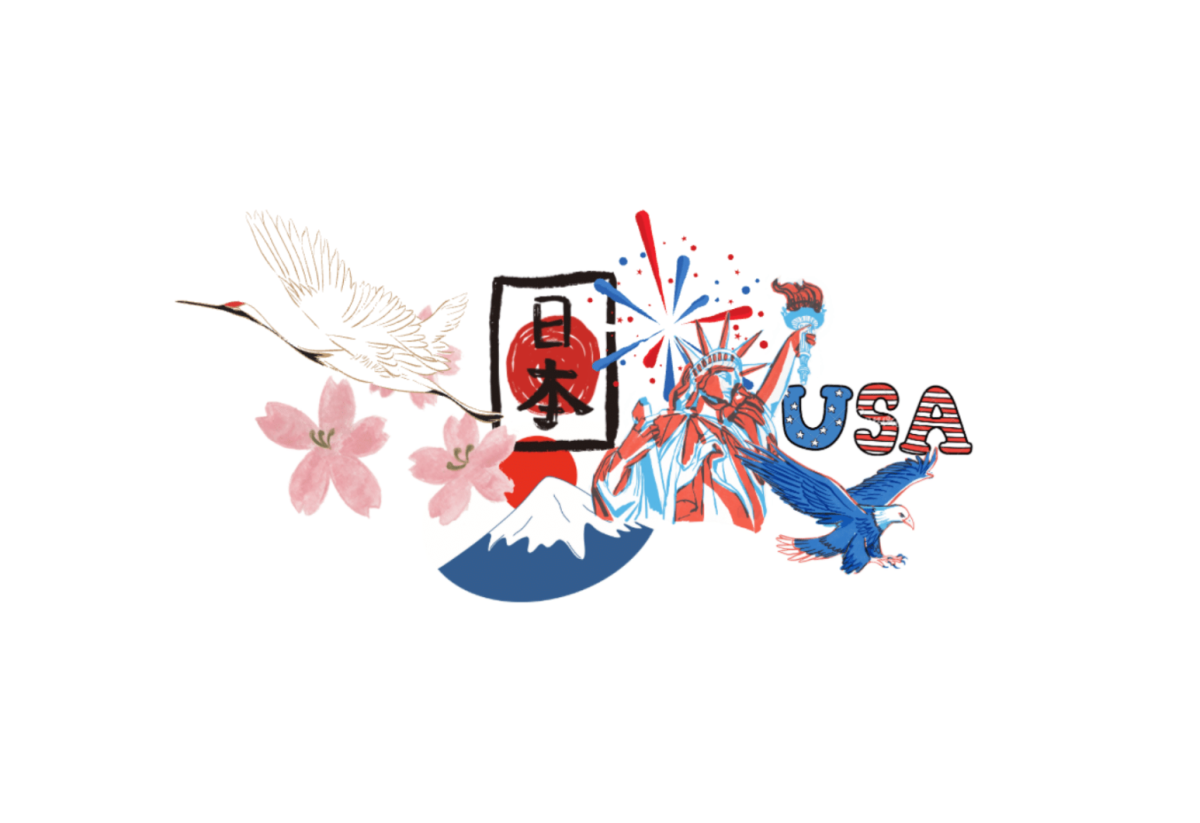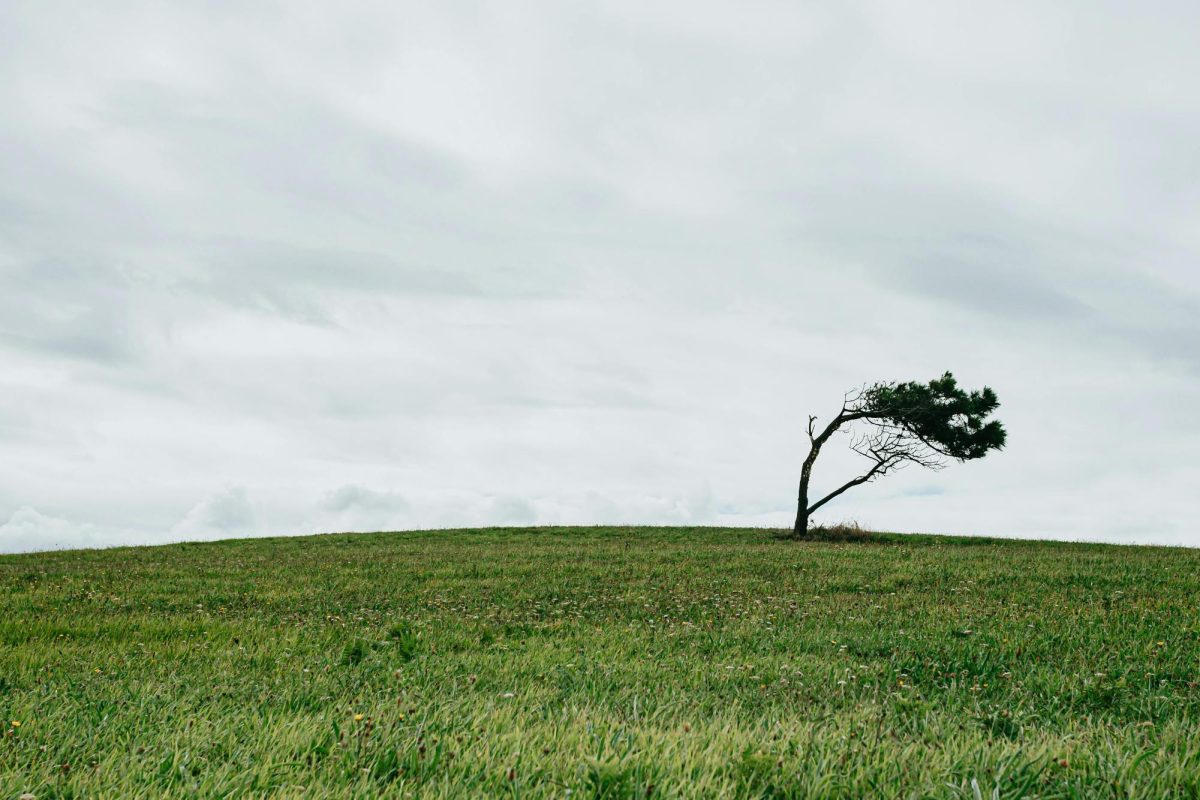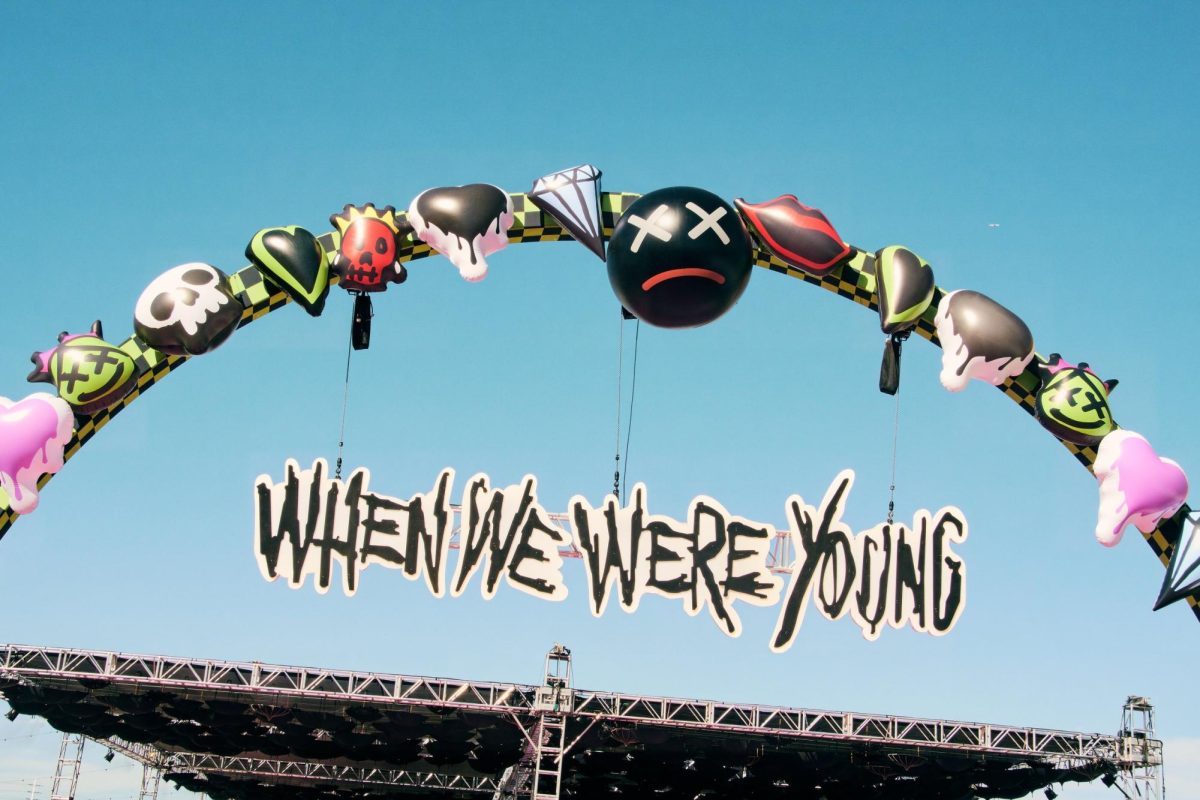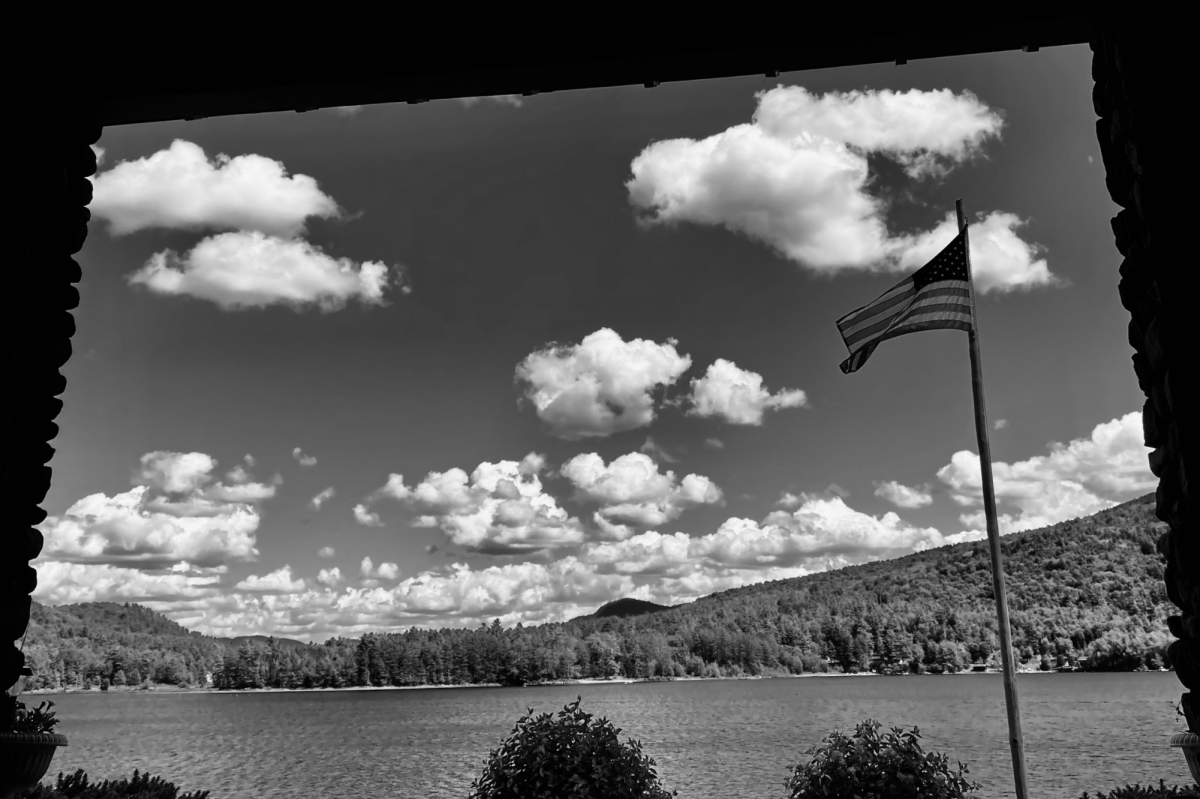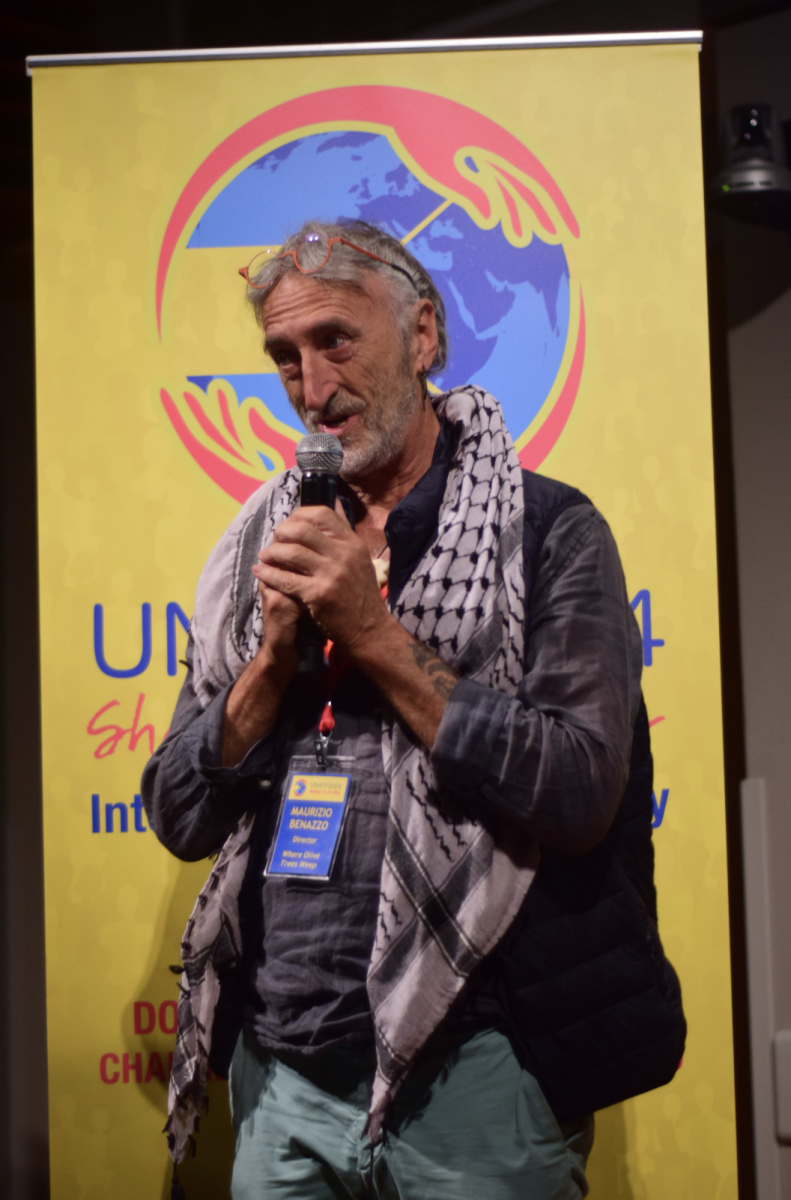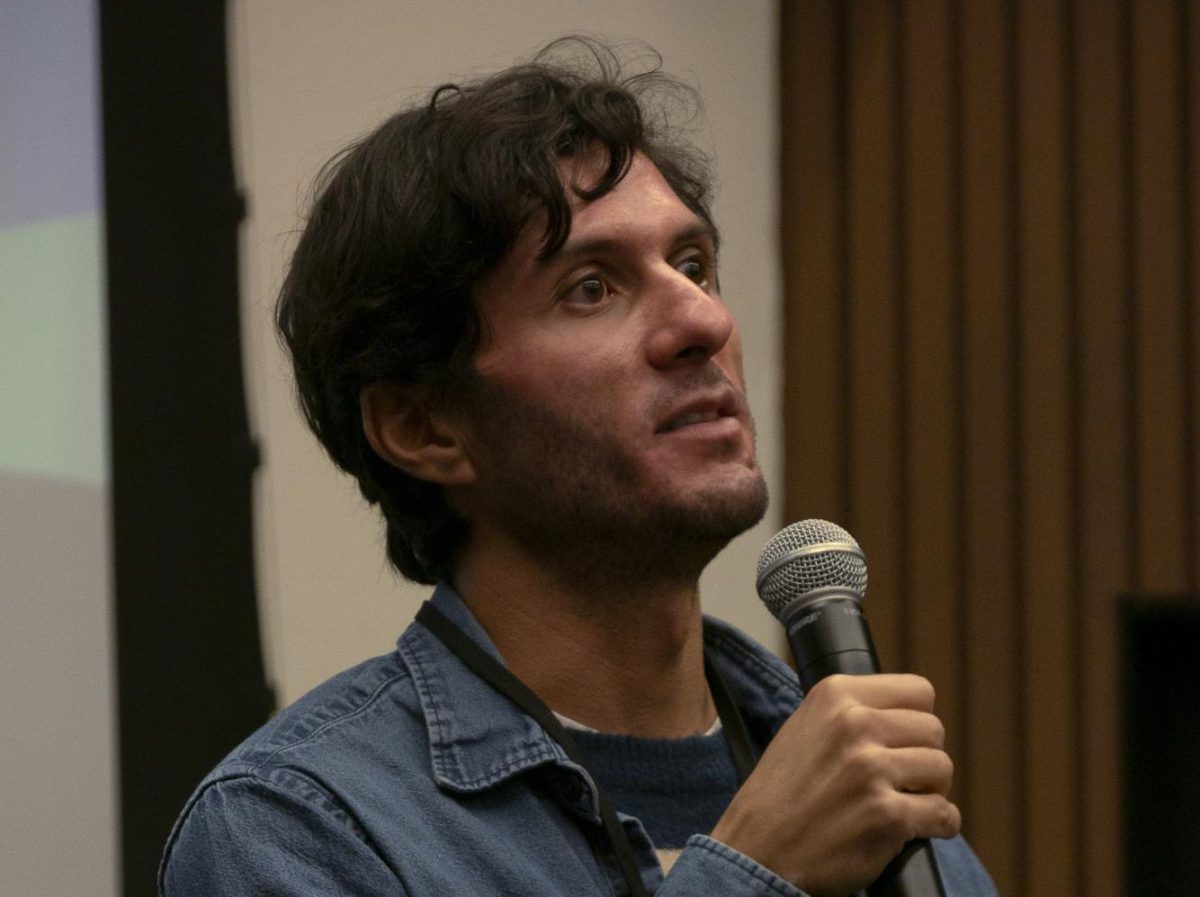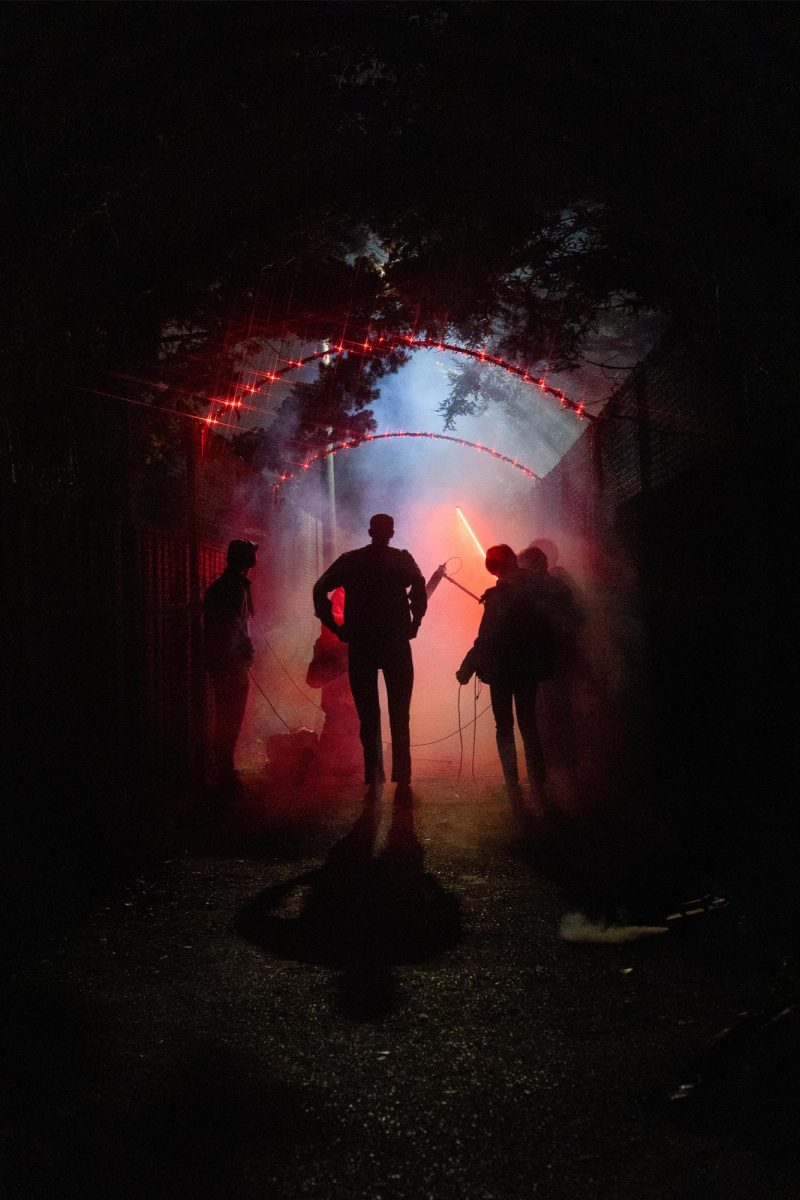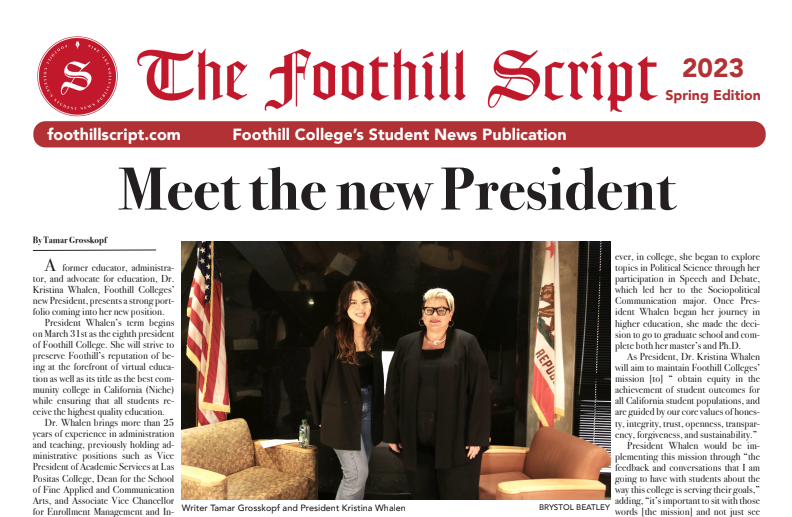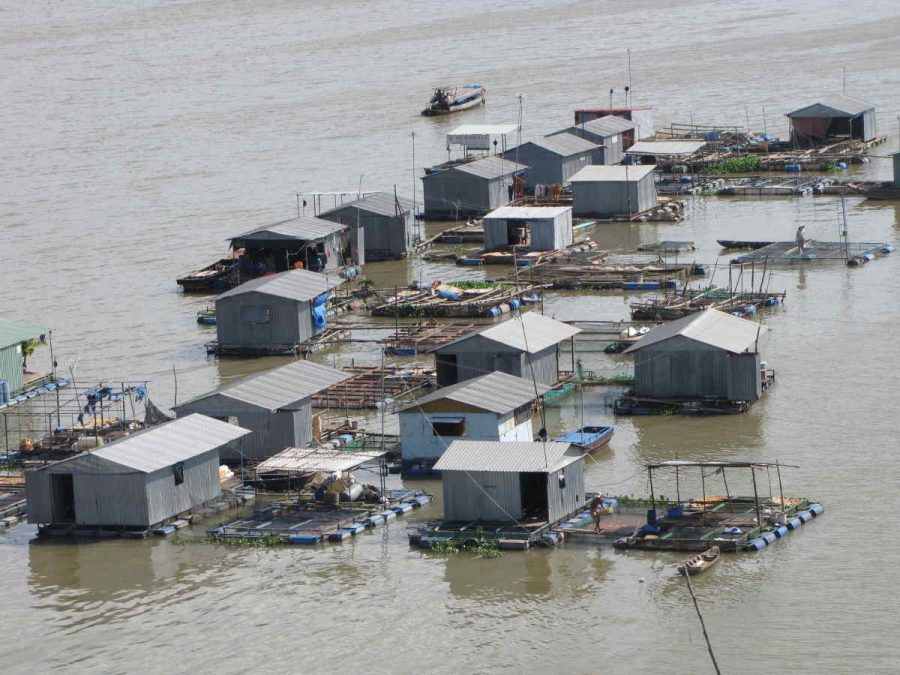Power Politics: The Race to Dam the Mekong is Shortsighted
April 14, 2017
In 146 BCE, the Romans laid waste to the city of Carthage, killing or enslaving the population of 400,000. The Conqueror Scipio Africanus– weeping in his moment of victory– turned to his mentor and said “all cities, nations, and authorities must, like men, meet their doom” thinking of his beloved Rome. In popular memory, this sacking was accompanied by the proverbial salting of the earth so that no farms may grow to support a state to challenge Rome. Although Rome probably did not salt the ground, the upstream nations of the Mekong, half a world away may unleash upon downstream areas a fate worse– and more permanent– than that suffered by Carthage millennia ago.
When Pearce first visited Cambodia–site of the long-extinct Khmer civilization– in 2003, he discovered another beautiful culture and rural economy imperiled by upriver dam construction. Since then, the Mekong region has been hit with the worst drought in a century and dam building has picked up pace. The benefits of dam construction accrue to the upriver nations while the costs float downstream, making any attempt to halt dam construction contingent upon the relative attractiveness of alternatives. Most of the problems Pearce found persist: drought and dams squander the region’s rich cultural heritage and imperil long-term viability of civilization in the area for marginal economic gains and a bargaining chip in the region’s politics.
When Pearce visited the Tonle Sap region, he observed the rich cultural heritage the “pulse of the Mekong” supported. He begins his description of the Mekong with an account of a boating festival central to Cambodian culture: “[T]housands took part in the races, while a million more Cambodians, from across one of the poorest and least urbanized nations on earth, flooded into the city for a weekend of eating and camping on the riverside.” This venerable tradition is a reflection of the centrality of the Mekong and its many tributaries to the region and downstream cultures– particularly Cambodia and Vietnam. The festival celebrates the reversal of the Tonle Sap river and goes as far back as the twelfth century– the middle of the great Khmer civilization which provided a rich cultural legacy to the region and to humanity. Pearce calls its capital– Angkor– “probably the largest urban area on the planet, becoming rich on the fish of the [Tonle Sap] lake and the rice grown on its shores” at the time of its height. If rural Cambodia and Vietnam lose their livelihood to rising seas and steel, human heritage would be poorer for it.
The unique, natural flow of the Mekong provides economic security to those who depend upon it. Pearce interviews Chris Barlow– a fisheries researcher with the Mekong River Commission (MRC)– who tells him that “Animals have evolved to exploit [the Mekong’s] flood pulse, and local societies have developed that way, too.” The wetlands of cambodia feed “some 60 million people” according to Pearce and provides “over 2 percent of the entire world catch of wild fish.” The delta region farther downstream is just as crucial–if not more so– to the world food supply, providing “15% of global rice yields” according to The Economist as of 2015. The unique way the river floods is not only central to the region’s rich cultural history, but the region’s staple foods.
Yet this livelihood is imperiled by the ruthless constriction and diversion of the river’s trademark flow– euphemistically referred to as development. When Pearce visited the upper wetlands of the Mekong, fisheries were already in dire need of a lifeline: “the bag nets caught a mere 6600 tons– less than half the usual haul and the worst on record.” At the time of his visit, “China… [was] building a cascade of eight huge dams on the main stem of the Mekong.” That number has since multiplied to 10 with several more under construction. A complex system of pools and rapids house the native fish during the dry season, “But these pools and rapids are threatened by the dynamiting that can now be heard…in Laos, [Myanmar], and Thailand” according to Pearce. The Lao and Chinese dams being built will not only destroy vital habitats by radically altering the river’s flow, but also “trap some 94 to 98 percent of the sediment load coming from China” which provides “around one half of the 160 million tons of silt coming down the river.” The fish depend upon the nutrients and minerals found in silt to grow healthy; and the farmers and their rich culture depend upon the fish.
Since Pearce visited the region, pressures on fishers’ livelihoods have only increased. Ground broke on the first of Laos’ dams and the diminished flooding and increased salinity thanks to a deluge of seawater. The paucity of fat fish in the annual harvest has–according to The Economist– squeezed margins: scarcity has inflated the price per kilo of fish from 3,000 riels–the name of the Cambodian currency is the same as that for ‘small fish’– to 12,000 between 2010 and 2015. “We used to catch 10 times as much” said Ma Chun, a 53 year old fisher on the Tonle Sap. Its economy of $15 billion derives between $3 and $8 billion from fishing and its supporting industries is increasingly threatened– some villages have seen half their residents leave to find work in the cities. This year the Global Nature Fund awarded the Tonle Sap the dubious honor of “Threatened Lake of the Year” in 2016. The Tonle Sap– Cambodia’s “beating heart”– and the 2 million who rely directly on it for their life and culture may soon need life support.
Pearce meticulously documented the dangers of damming the river when the rains are plentiful– but a recent drought and rising sea levels have exposed the region’s vulnerability to extreme weather. In the 2016 dry season, the normally 1-meter Tonle Sap lake was a scant 50 centimeters and catches have declined since the year prior by over 40%. Farther downstream in the once-lush Delta, the seas routinely flood the rice paddies, now far more frequent thanks to rising global temperatures and sea levels. The damage to crops during 2016’s dry season tallied $220 million– the Vietnamese government could only provide $1.5 million to relieve farmers. The gush of saline water has sapped the fertility of the region’s rice bowl. One farmer recounted this year: “I could only harvest one bag of rice. Last year we harvested 1.4 tons.” If allowed to flow unmolested, the Mekong might have been able to provide enough freshwater to the rice paddies to counterbalance the rising tides; instead, government policies upstream heighten problems for people living downstream.
The dams’ double-whammy– less silt and lower water levels– have compounded the drought. Salinity kills crops but normally, the Mekong dilutes the seawater and flushes salt from the rice paddies. Now that the rush has become a trickle, salinity levels have become toxic to any crop. Of the 17 provinces in the Delta region, 4 are expected to be over “30 percent inundated” by seawater at the end of the century, according to an Agriculture Ministry report in 2016. Unfortunately, these provinces are the most prosperous, The Economist wrote in 2015–just before the drought– that “up to 70% of the delta’s agricultural land could be subject to saline intrusion this century.” As a result of the drought, Vietnam’s Ministry of Agriculture reported that 200,000 are suffering from severe water shortage. A 2010 report from the MRC found that the 11 planned dams in Laos and Cambodia would cause “irreparable damage” to the region’s complex and prosperous agricultural basin, but up to decades more study would be necessary to assess the full impact of the proposals. It’s not as if this is a surprise– Pearce documented the damage to food yields in 2003 and scientists with the WWF and IUCN warned against precisely the problems the region now faces when dams began construction in the 1990s. Based on this report, the MRC issued a moratorium on new dams in 2010 which Laos promptly ignored. By blocking the nutrients and minerals found in the sediment that has historically flowed from upriver areas, dams will likely do to the Vietnamese rice crop what Pearce discovered happened to the Cambodian fish harvest. One of the authors of the 2010 report– Nguyen Thien– told the New York Times he foresaw the delta region becoming a wasteland within the next 100 years. An old Vietnamese saying used to run “If you want to eat go to the Mekong Delta. It’s hard to be hungry there”. With climate change, droughts and inundation will become far more common. It seems this saying will soon be only a bitter memory.
Pearce suggests that Cambodia faces a choice between development and preserving its heritage. He notes that “engineers see the river as a potential powerhouse for industrialization and urbanization, and politicians are taking the lure.” He concludes by saying: “Full nets or full factories: maybe that’s the choice.” Yet the explosive growth the downriver countries experienced had little to do with dams– no choice exists at all. Since the new millennium, GDP has grown between 6% and 8% per year for both countries– frequently gracing the list of top 10 fastest growing economies. In 2015, Vietnam topped the ranking. This wealth has been broadly shared. The Human Development Index– a composite of human wellness indicators including happiness, health, education and GDP per capita– grew by roughly 20% in both countries. Accordingly, the poverty rate has been cut in half and between 2004 and 2011 non-export incomes have increased nearly 86% for Cambodia and 62% in Vietnam according to World Bank statistics. Yet this booming wealth was not born of dams– the “full nets or full factories” dichotomy Pearce suggests governments and corporate interests perceive in the region is at best questionable and almost certainly deeply catastrophic. Much of this economic growth has been sustained by a steady relaxation of communist-era controls on the economy, both countries have climbed Freedom House’s index of political freedom and the World Bank’s ease-of-doing-business ranking, providing stability for a booming private sector to improve the lives of its citizens.
Since Pearce visited Cambodia, Laos and China have not slowed the pace of dam construction. Both countries rely on hydroelectric power as key parts of their development strategies: resource-poor Laos wishes to make power a key export while China wants to radically expand hydropower to provide baseload energy for a more renewable energy future. Dams on the Mekong will meet around 4.2% of China’s ambitious goal of 350GW of hydroelectric capacity while the total hydroelectric potential of the Mekong’s dozen-odd planned dams in Laos will likely only meet 6 or 8 percent of South Asia’s energy demand by 2030, according to Richard Cronin, a Mekong specialist with the Stimson Center– a nonprofit think tank. These benefits are large, but hardly represent a lynchpin of economic growth in the region. Yet Laos and China bear few costs from dam construction– it is only the downstream fertility that is imperiled. For this reason, Laos and China are highly motivated to continue blocking the water’s flow. The power and leverage the dams allow upstream nations over downstream ones are surely not lost on governments– the power of life and death over downstream people is an extraordinarily powerful bargaining chip for both countries.
Alternatives to Laos’ and China’s power politics exist. Infrastructure in landlocked, mountainous Laos is notoriously poor and it sits 139th in the World Bank’s ease-of-doing-business and corruption rankings. The ongoing construction of the Xayaburi dam–the first Laotian dam to break ground–is expected to cost nearly $500 million/year until it’s finished in 2020, costing the country roughly 4.5% of the country’s $11 billion GDP. This is money that is not going towards solving Laos’ more systemic problems of a weak private sector, poor infrastructure and an unskilled labor force. Seriously tackling any one of these challenges yields massive economic dividends– estimates for return on investment for education range from 100%-1000% and from 200% to 600% for infrastructure. In order to take advantage of this low-hanging fruit, the MRC, World Bank, (which has partly financed the Xayaburi dam) IMF and the vast network of engineering, environmental and economic consultancies that wage the battle for the Mekong must provide Laos with the technical expertise and access to capital necessary to build schools, roads and markets instead of dams. International agencies possess leverage– they need simply to use it by making payments for this kind of development contingent on releasing the grip on the Mekong. These outside actors possess few avenues of leverage over China which can largely self-finance its own projects.
It would be a shame to pave paradise for a few pennies of development, yet alternatives for Laos abound. The salting of the earth has continued in earnest since 2003– Pearce’s “final battle of the Mekong” is well underway, and downstream nations are losing. Yet the war is not lost– most downstream dams scheduled to come online around 2020. While China and Laos investing heavily in downstream Mekong dams, many in the Tonle Sap and Delta regions see their traditional way of life fading. Not all power struggles involve putting cities to sword and fire– sometimes the most destructive and irreversible consequences are born out of fierce fights between straight-tied, smart-looking men with briefcases.









